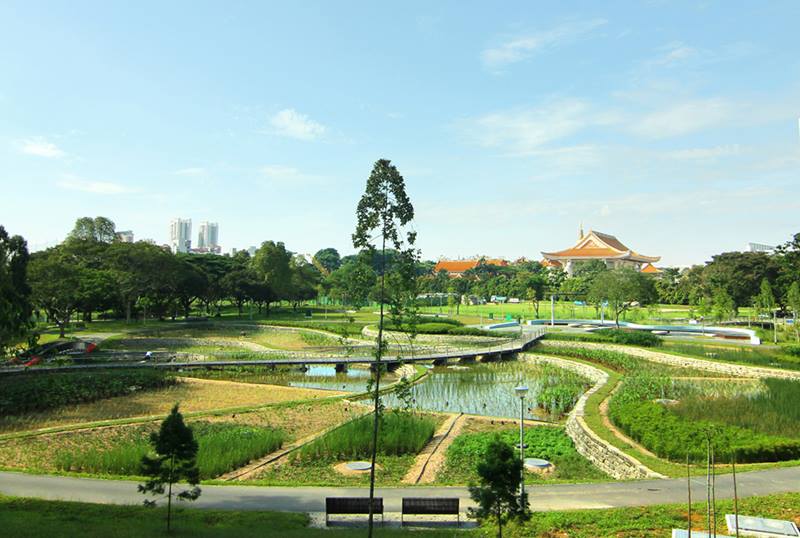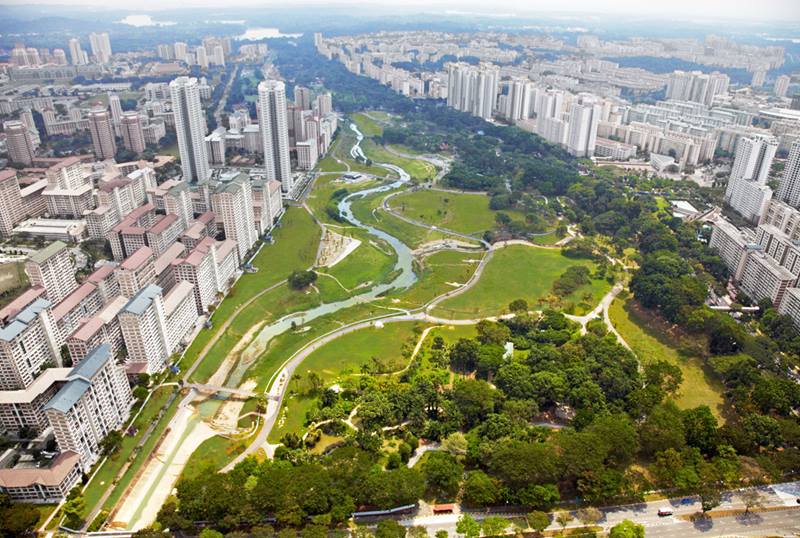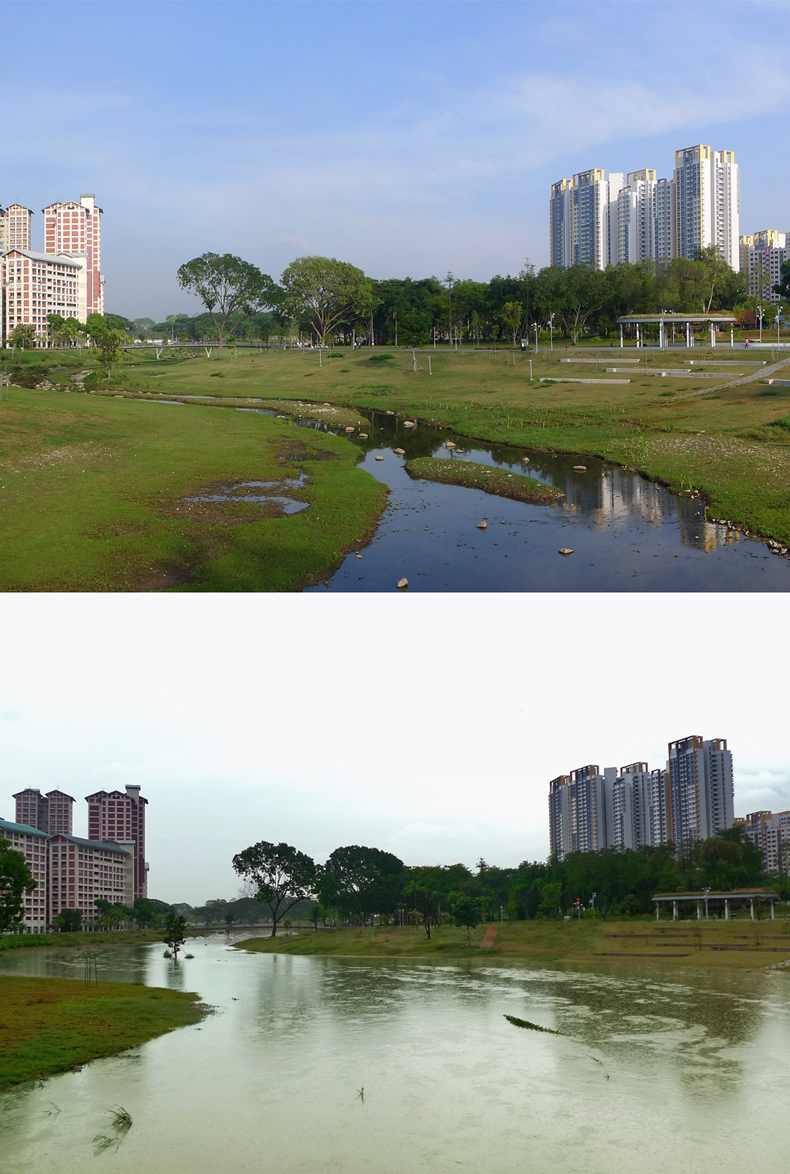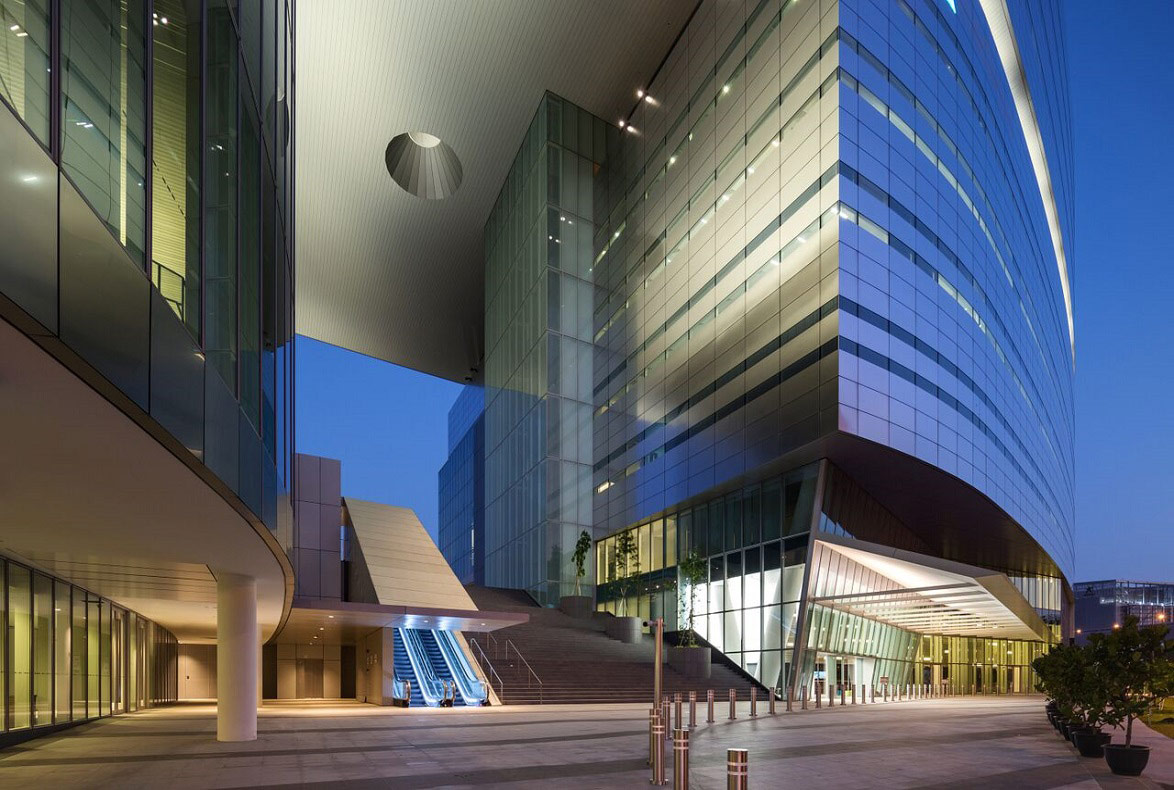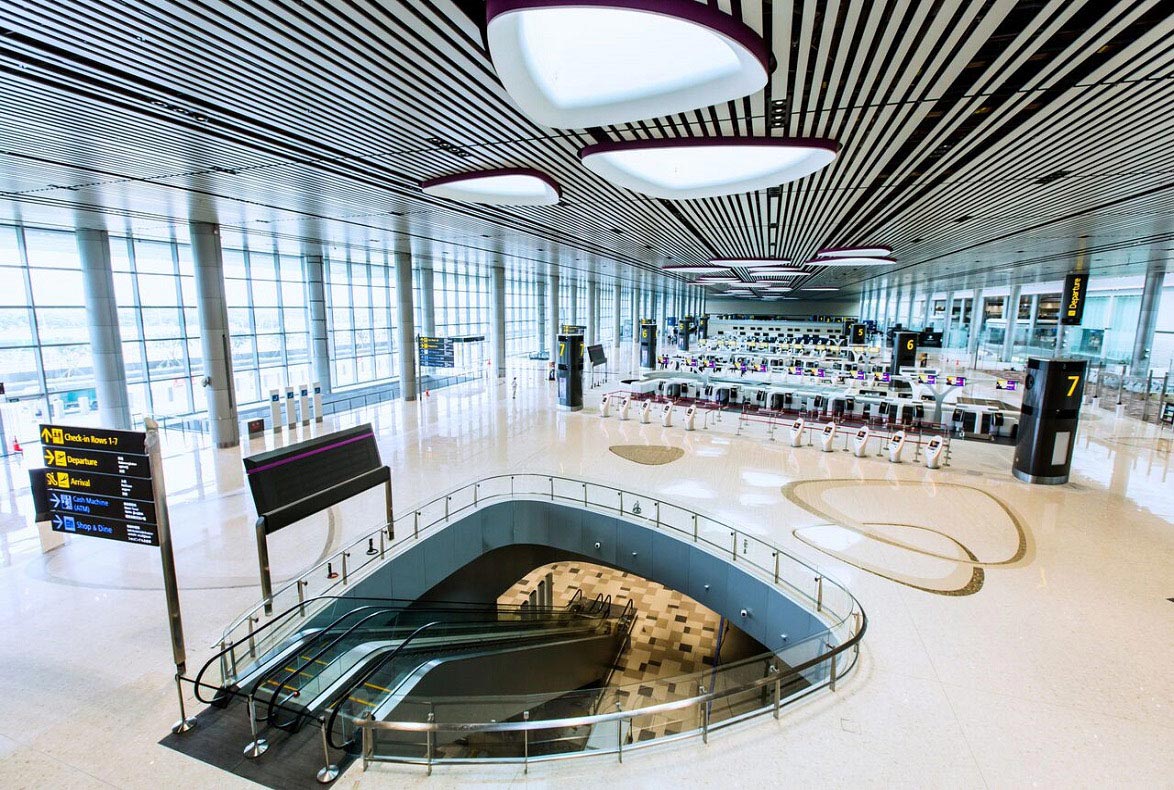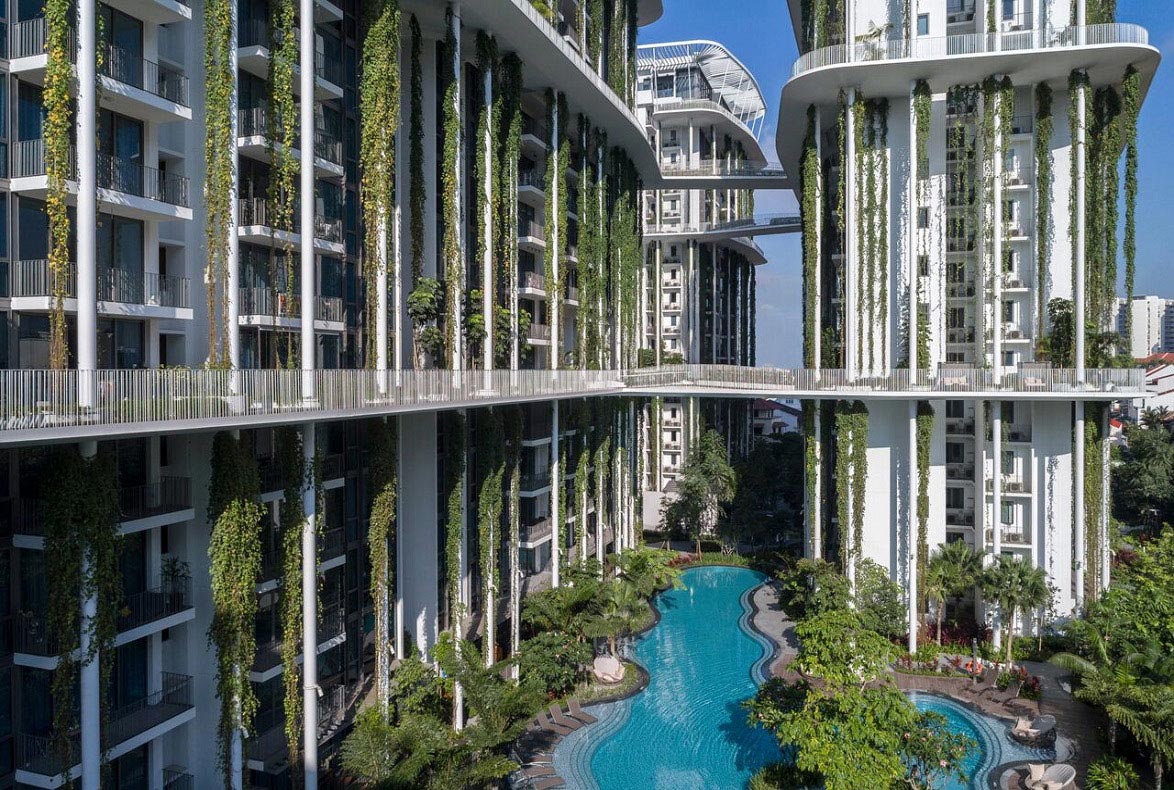* DESIGN OF
THE YEAR 2012
Bishan-Ang Mo Kio Park
Underlying the park and river rejuvenation is a holistic, multi-layered design that balances functional, ecological and communal needs for sustainable coexistence — and to protect Singapore’s precious, limited freshwater asset.
Efficiently engineered to direct storm water away from the rapidly urbanising satellite towns of Bishan and Ang Mo Kio, this smooth-walled canal channels water at high velocity during heavy downpour. Fences were rigged up around this section of the Kallang River for the safety of park-goers. However, they also created a barrier between the park and surrounding neighbourhood.
Adopting a “natural” approach, the new design combines effective drainage with soil bio-engineering. The new river does not compromise the drainage capacity of the waterway. Rather, it helps alleviate potential flooding further downstream.
Ecologically, the varieties of edge conditions create more than one ecotone, promoting the growth of flora and fauna. This is supplemented with natural cleansing biotopes to remove pollutants from the pond water. The immediate postconstruction survey conducted by the National Parks Board showed a 30 per cent increase in bio-diversity.
The natural soft edges with undulating profiles and gradients along the river’s length contribute to an “inclusive” and seamless design. This encourages people to approach and even enter the stream during periods of low water level. A big part of protecting our scarce water resources involves changing mindsets about our relationship with water and its supporting infrastructure. This beautiful space achieves that by evoking a sense of public ownership, reflected in the community-led initiative, “Friends of Kallang River” which includes neighbourhood river patrols against vandalism and pollution of the river.
Traditional concrete canals have been relegated. A living river on the other hand, adds value to the urban environment above and beyond the provision of drainage. This integrated multi-functional design promotes a sustainable balance between the need for effective storm water management, a healthy site ecosystem and pleasurable urban spaces.
READ MOREABOUT THE DESIGNER
Herbert Dreiseitl is a sculptor, artist and interdisciplinary urban planner with 30 years of experience. He founded Atelier Dreiseitl Asia Pte Ltd in 1980 with a vision for liveable cities, inspired by a deep understanding of water. Mr Dreiseitl is committed to bringing to reality a new generation of sustainable infrastructure that combines city resource and needs with space for nature and people. He has designed and overseen the construction of groundbreaking pilot projects that bring together urban hydrology, storm water management, urban design and landscape architecture.
Mr Dreiseitl is a passionate lecturer. He travels worldwide to share his enthusiasm and talent for communicating his vision for holistic city design. He has authored many publications including three editions of Recent Waterscapes: Planning, Building and Designing with Water.
READ MOREDESIGNER
Atelier Dreiseitl
Herbert Dreiseitl, Founder
Tobias Baur, Director
Leonard Ng, Director
Stefan Brueckmann, Director
Hendrik Prost, Director
ENGINEER
CH2M Hill
HORTICULTURALIST
Uvaria Tide
CLIENT
Public Utilities Board
National Parks Board
BIOENGINEERING SPECIALIST
Geitz & Associates
CONTRACTOR
Chye Joo Construction Pte Ltd
Insights from the Recipient
Advice to Emerging Designers
You need to listen and read between the lines. Avoid processing the brief wordfor- word. Instead, acquaint yourself with the meaning behind the project. You can achieve this when you stop viewing your clients as just the agencies, but the people — the real people who will use your design.
When conceptualising your design, have trust in your strengths and the courage to fight for your vision. Do not allow regulations or restrictions to bog you down. Regulations are important, but they can also kill creativity. You have to work hard to find creative solutions while manoeuvring your way around the obstacles. This is the only path to achieving a really good project.
Citation
Jury Citation
With political leadership and committed designers, a significant new physical and social environment has taken shape in the Bishan-Ang Mo Kio Park, enhancing the lives of the community living around it.
The design team has transformed a storm water canal that had separated residents from an existing park, into an outstanding new facility for users young and old.
Through years of research and development by a team of dedicated on-site landscape architects, a soil bioengineering technique was devised to ensure that the riverbank does not erode and is safe for communal use.
In successfully resolving a series of interrelated challenges, the design shows Singaporeans a confident attitude for water and its uses. The project has a potential to influence and be replicated in the region.
VIEW JURORS
Nominator Citation
MELISSA REESE
RESEARCHER
CENTRE FOR SUSTAINABLE ASIAN CITIES SCHOOL OF DESIGN AND ENVIRONMENTNATIONAL UNIVERSITY OF SINGAPORE
The Bishan-Ang Mo Kio Park was once a conventional park with a concrete drainage canal along its edge. Today, the 62-hectare park has been completely redesigned, with a regenerated section of the Kallang River, the former concrete drainage canal, as its focal point.
After a few decades of water flowing through the canal, the concrete was deteriorating and in need of renovation. Rather than upgrading it, Atelier Dreiseitl proposed to re-naturalize the river, by turning the canal into a free flowing body of water that meanders through the park. The idea would completely revitalize this portion of the Kallang River from a simple piece of storm water infrastructure into a significant piece of Singapore’s ecological infrastructure.
Restoring the river to a “natural” state required pioneering design and exploratory soil bio-engineering, to stabilize the new organically composed riverbank. The project also serves as new reference for soil stabilization in the tropics — a technique that is rarely used or documented in Southeast Asia. To accommodate the dynamic processes of Singapore’s river system — which sometimes include the rapid increase in water levels during a tropical downpour — the designers have implemented a warning system that alerts park visitors of impending flash floods.
As part of the bio-engineering schema, a variety of plants were strategically planted along the riverbank to prevent erosion, creating new habitats for loara and fauna. The park has already seen a 30 per cent increase in bio-diversity since the planting began. To date, 66 species of wildflowers, 59 species of birds and 22 species of dragonflies have been identified in the park.
The new design includes strategically designated spots and paths that invite people to not only to enjoy a view of the river but also to interact with the water, forging a deeper personal connection with Singapore’s waterways. By increasing accessibility as well as safety features (flood warning systems), Singaporeans can now explore a river system in an urban park.
As an urban planner, I believe one of the greatest ideals of this project is that far from being a stand-alone feature, the river is designed in the hope that one day it will be just one segment in Singapore’s ecological infrastructure that will include an entire system of natural and revitalized canals.
Bishan-Ang Mo Kio Park is an example of effective storm water management that reduces the pace of water and brings back bio-diversity to Singapore’s waterways; creates enhanced, interactive parks; provides greater flexible storage spaces for water that eventually lead to reduced occurrences of flooding.
This project deserves the President’s Design Award for its achievements, as well as for setting a benchmark in rethinking Singapore’s storm water management system in the context of a park, as a series of beautiful and functional rivers and streams.

